The Loc Nguyen
VAIS Hate Speech Detection System: A Deep Learning based Approach for System Combination
Oct 12, 2019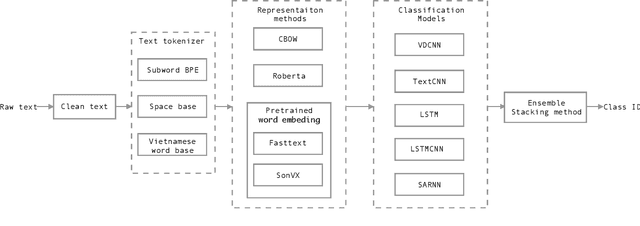
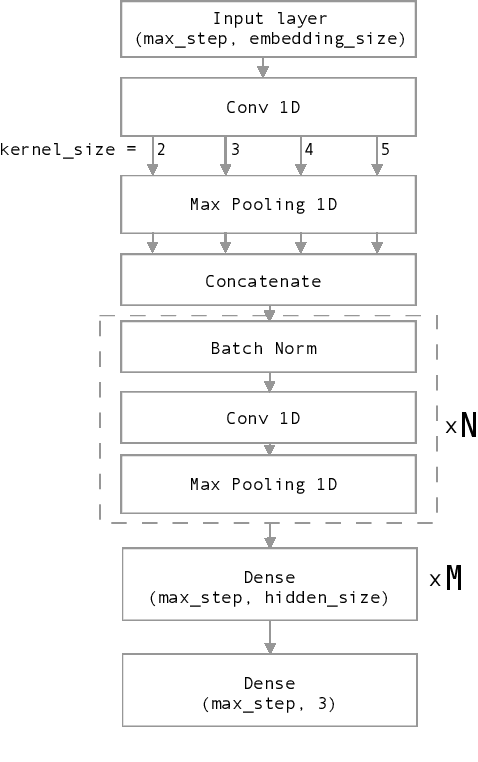
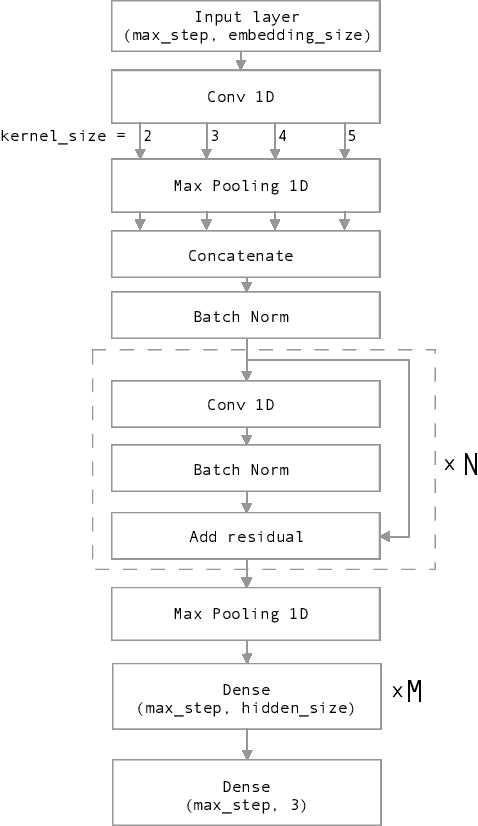
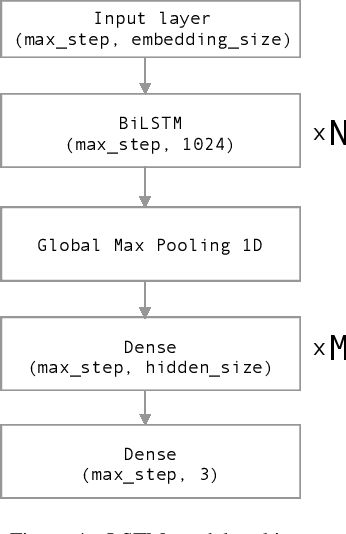
Abstract:Nowadays, Social network sites (SNSs) such as Facebook, Twitter are common places where people show their opinions, sentiments and share information with others. However, some people use SNSs to post abuse and harassment threats in order to prevent other SNSs users from expressing themselves as well as seeking different opinions. To deal with this problem, SNSs have to use a lot of resources including people to clean the aforementioned content. In this paper, we propose a supervised learning model based on the ensemble method to solve the problem of detecting hate content on SNSs in order to make conversations on SNSs more effective. Our proposed model got the first place for public dashboard with 0.730 F1 macro-score and the third place with 0.584 F1 macro-score for private dashboard at the sixth international workshop on Vietnamese Language and Speech Processing 2019.
VAIS ASR: Building a conversational speech recognition system using language model combination
Oct 12, 2019


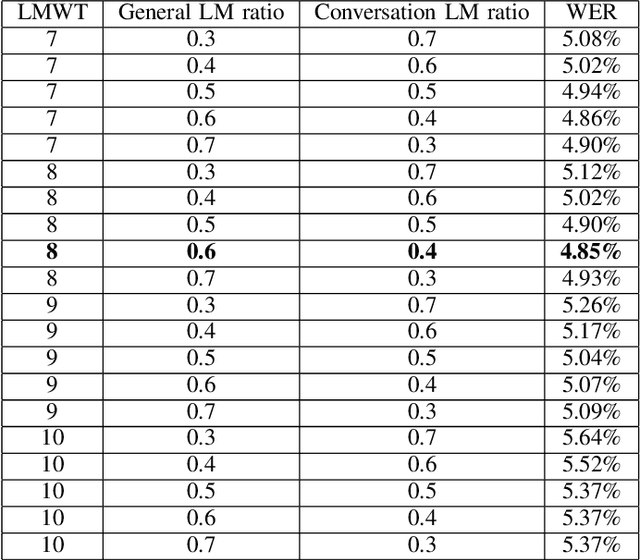
Abstract:Automatic Speech Recognition (ASR) systems have been evolving quickly and reaching human parity in certain cases. The systems usually perform pretty well on reading style and clean speech, however, most of the available systems suffer from situation where the speaking style is conversation and in noisy environments. It is not straight-forward to tackle such problems due to difficulties in data collection for both speech and text. In this paper, we attempt to mitigate the problems using language models combination techniques that allows us to utilize both large amount of writing style text and small number of conversation text data. Evaluation on the VLSP 2019 ASR challenges showed that our system achieved 4.85% WER on the VLSP 2018 and 15.09% WER on the VLSP 2019 data sets.
 Add to Chrome
Add to Chrome Add to Firefox
Add to Firefox Add to Edge
Add to Edge